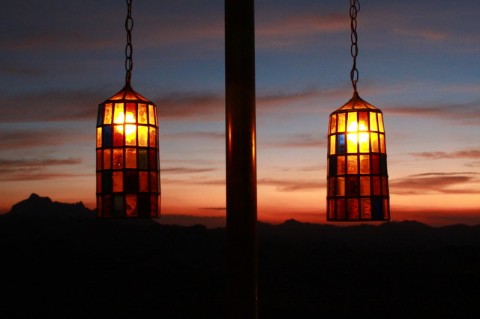Transforming Racism- linking the personal and the social
August 5, 2013 1 CommentThe following blog post is Part 1 of a series dedicated to Race and Social Transformation. Special thanks to Gibrán Rivera, Miriam Messinger, Curtis Ogden, Sara Oaklander, Mistinguette Smith and Maanav Thakore for their support in completing this series! We encourage you to share and comment!
In the U.S., the work of transforming racism is often stuck in an unproductive binary: either transform people or transform systems. Fortunately, more and more people recognize that we have do both and more.
At the Interaction Institute for Social Change, we work for social justice and sustainability. Our practice involves training people in skills for collaboration, as well as designing and facilitating collaborative social change initiatives with organizations, networks and communities. We believe that “we” is smarter than “me,” and that everyone has a right to be involved in decisions that affect them. Over the years, we have grounded our practice in three deep roots:
- Networks and systems thinking enable us to make explicit the interlocking structures, mindsets and relationships that can create an “ecology for transformation,” shifting from a reliance on organizations to a reliance on networks.
- Power, equity and inclusion enable us to understand and engage the system’s dynamics. And, as we explore the privileges and marginalization that our personal and communal identities confer, we can consciously avoid replicating the dynamics we seek to transform.
- Love as a force for social transformation focuses us on personal transformation to sustain the work in joyful and generative ways.
All of this becomes especially important when dealing with race and racism.

1 Comment
“No one succeeds alone. No one can whistle a symphony. It takes an orchestra to play it.”
“To lead the orchestra, the conductor must turn their back on the audience.”
Continued congratulations to IISC in leading orchestras in performing classic works and creating new improvisations and lasting scores.